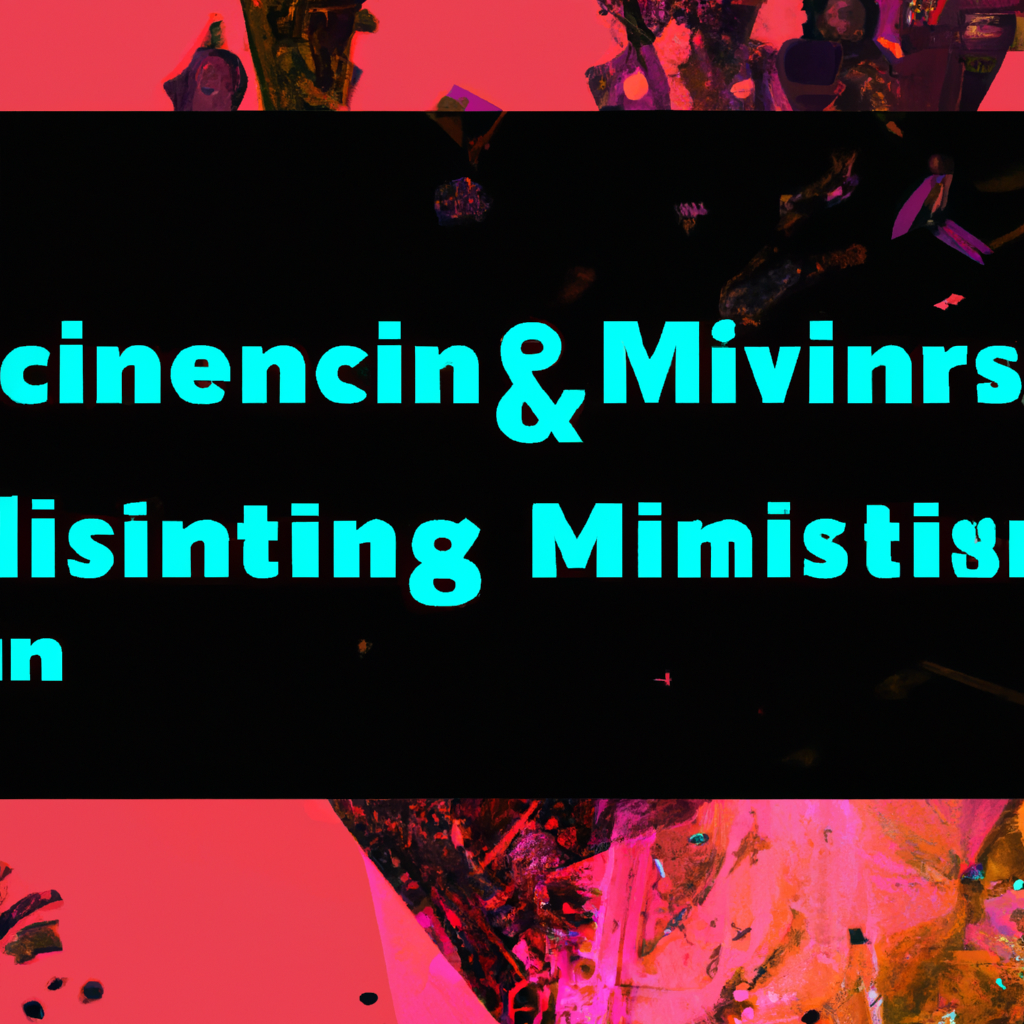Investigating the Role of Data Mining in Customer Relationship Management
Table of Contents
Investigating the Role of Data Mining in Customer Relationship Management
# Introduction
Customer Relationship Management (CRM) has become an integral part of modern businesses, allowing organizations to manage and analyze customer interactions and data throughout the customer lifecycle. With the increasing availability of data and advancements in computing power, data mining techniques have emerged as powerful tools to gain valuable insights from vast amounts of customer data. In this article, we will explore the role of data mining in CRM and how it can improve customer satisfaction and business performance.
# Understanding Customer Relationship Management
Customer Relationship Management is a strategic approach that focuses on managing and nurturing customer relationships with the goal of increasing customer loyalty and satisfaction. It involves various activities such as customer acquisition, retention, and relationship enhancement. CRM systems enable organizations to collect, store, and analyze customer data to better understand their preferences, needs, and behaviors.
# The Role of Data Mining in CRM
Data mining, a subfield of computational analysis, plays a crucial role in CRM by extracting meaningful patterns and insights from vast amounts of customer data. It involves the application of various algorithms and techniques to uncover hidden relationships, trends, and patterns in data. By analyzing customer data, organizations can gain valuable insights that can be used to make informed business decisions, personalize marketing campaigns, and enhance customer experiences.
# Data Mining Techniques in CRM
There are several data mining techniques commonly used in CRM that help organizations extract valuable information from customer data. These techniques include:
Association Rules: Association rules mining helps identify relationships between different items in a dataset. In CRM, it can be used to identify patterns of customer behavior, such as which products are frequently purchased together. This information can be utilized to cross-sell or recommend related products to customers.
Classification and Prediction: Classification and prediction techniques are used to classify customers into different groups or predict future customer behavior. This can be useful for targeted marketing campaigns and personalized recommendations.
Clustering: Clustering algorithms group similar customers together based on their attributes and behaviors. This helps in identifying customer segments and tailoring marketing strategies to specific groups.
Sequence Analysis: Sequence analysis techniques analyze sequential patterns in customer behavior. This can be useful in understanding the order in which customers interact with different touchpoints, such as website visits, social media interactions, and purchases.
# Benefits of Data Mining in CRM
The integration of data mining techniques in CRM provides several benefits to organizations:
Improved Customer Understanding: Data mining enables organizations to gain a deeper understanding of customer preferences, needs, and behaviors. This understanding allows for the development of personalized marketing campaigns and targeted product recommendations, leading to increased customer satisfaction and loyalty.
Enhanced Customer Segmentation: Data mining helps identify distinct customer segments based on their characteristics and behaviors. This segmentation enables organizations to tailor their marketing efforts to different customer groups, resulting in more effective and efficient marketing campaigns.
Churn Prediction and Retention: By analyzing customer data, organizations can identify early signs of customer churn and take proactive measures to retain customers. Data mining techniques can help predict customer churn by identifying patterns and indicators that signal potential attrition.
Cross-Selling and Up-Selling Opportunities: Data mining enables organizations to identify cross-selling and up-selling opportunities by analyzing customer purchase patterns and preferences. This helps organizations maximize revenue by offering relevant products or services to customers.
# Challenges and Limitations of Data Mining in CRM
While data mining provides significant benefits to CRM, it also brings certain challenges and limitations that need to be addressed:
Data Quality and Integration: Data mining heavily relies on the quality and integration of data. Inaccurate or incomplete data can lead to erroneous insights and decisions. Therefore, organizations need to ensure data quality and establish seamless data integration processes.
Privacy and Ethical Concerns: The extensive collection and analysis of customer data raise concerns about privacy and ethical issues. Organizations must handle customer data responsibly, ensuring compliance with data protection laws and regulations.
Scalability and Performance: As the volume of customer data continues to grow, scalability and performance become critical concerns. Data mining algorithms must be efficient and capable of handling large datasets in a timely manner.
Interpretability of Results: Data mining algorithms often provide complex and intricate results, making it challenging for non-technical users to interpret and apply them effectively. Organizations need to invest in user-friendly interfaces and effective visualization techniques to bridge this gap.
# Conclusion
Data mining techniques have a significant role to play in Customer Relationship Management, enabling organizations to gain valuable insights from customer data. By leveraging data mining algorithms, organizations can enhance customer understanding, improve segmentation, predict customer churn, and identify cross-selling and up-selling opportunities. However, it is crucial to address challenges such as data quality, privacy concerns, scalability, and interpretability to fully harness the potential of data mining in CRM. As businesses continue to embrace data-driven approaches, data mining will continue to evolve and transform the way organizations manage and nurture customer relationships.
# Conclusion
That its folks! Thank you for following up until here, and if you have any question or just want to chat, send me a message on GitHub of this project or an email. Am I doing it right?
https://github.com/lbenicio.github.io

